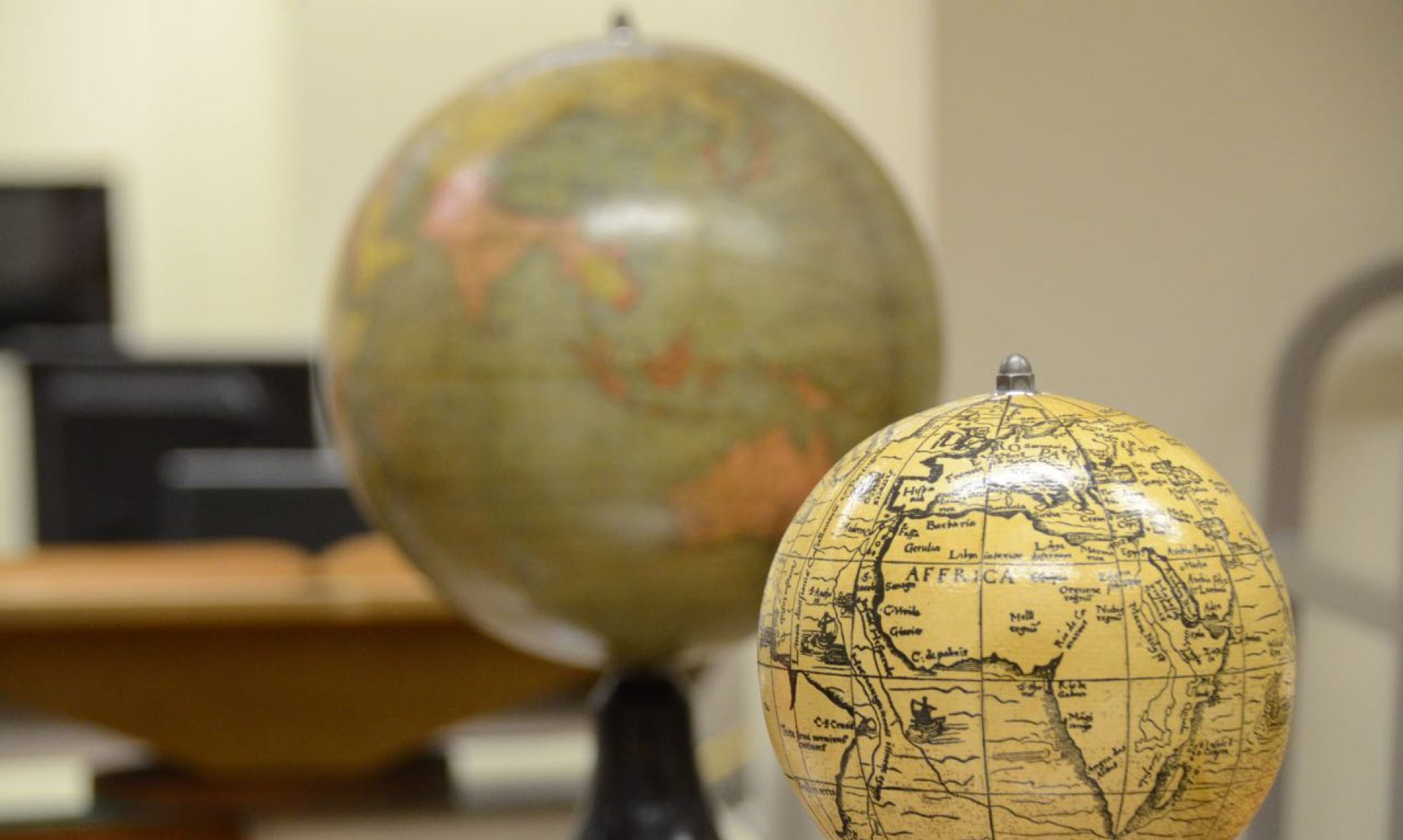Getting there via Dubai on Emirates – two flights – 19 hours
Lots of time to prepare for my Maftir and Haftorah Nachamu on Saturday


Shabbat Nachamu
Shabbat Nachamu

Maftir and Haftorah at the Nozyk Synagogue and related stories Back From the Polish and Litvak Diaspora I am pleased to advise that for those of you arriving early in Warsaw for the IAJGS Conf…
Source: elirab.me/shabbat-nachamu
Friday afternoon
The Metro to Nozyk Synagogue with my host, Michael Leiserowitz
Jacob Lichterman was the last cantor at the Nozyk Synagogue before the Holocaust:


On Joel Lichterman’s request, I said Kaddish for his dad in the Nozyk Synagogue this Shabbat.
Just before singing the Haftorah, I announced that this was dedicated to Jacob Lichterman, my Polish ancestors, including my Zaida Nachum Mendel Rabinowitz. Both were from Poland and cantors at the Vredehoek Shul in Cape Town, South Africa.

Source: kehilalinks.jewishgen.org/capetown/Vredehoek.html
The Nozyk was well attended by locals and many visitors, including Rabbi Henoch Dov Hoffman of Denver togther with his students from the USA, Sydney and Colombia.
I sent regards back with Rabbi Hoffman to Joel Lichterman and Brian Kopinsky, my Bramley Primary School (Johannesburg) friend who connected with me last year after over 50 years. Brian alerted me to this interesting information about my Haftorah Nachamu:
“You doing the Haftarah on Shabbat Nachamu at Nozyk is amazing!!!
BTW: A trivia question for you. Which famous oratorio opens with “Nachamu nachamu” (translated)? ……….
…………….The most famous of all oratorios! Handel’s Messiah. Handel probably used that because we believe that Moshiach will be born on Tisha b’Av. Handel was very knowledgeable about Judaism and Tanach, in particular. Primary evidence is that almost all his oratorios are based on Jewish beliefs. Israel in Egypt; Joshua; Saul; Esther; Judas Maccabeus, etc”
More info by Larry Kaufman
This Shabbat is known as Shabbat Nachamu, the Sabbath of comfort. On the first Shabbat after Tisha B’Av, we begin our reading of the Seven Haftarot of Consolation. Were our haftarah read from the King James translation of the Bible, or even its near-clone, old JPS, we would have heard Comfort ye, comfort ye, my people, saith your God. And all the music lovers in our midst would have mentally transposed the words into the trope made familiar by Georg Friedrich Handel. Much of the text of Handel’s Messiah is drawn from Chapter 40 and onwards in the Book of Isaiah, which as you probably know was not written by Isaiah at all, but by his cousin Deutero.


















































